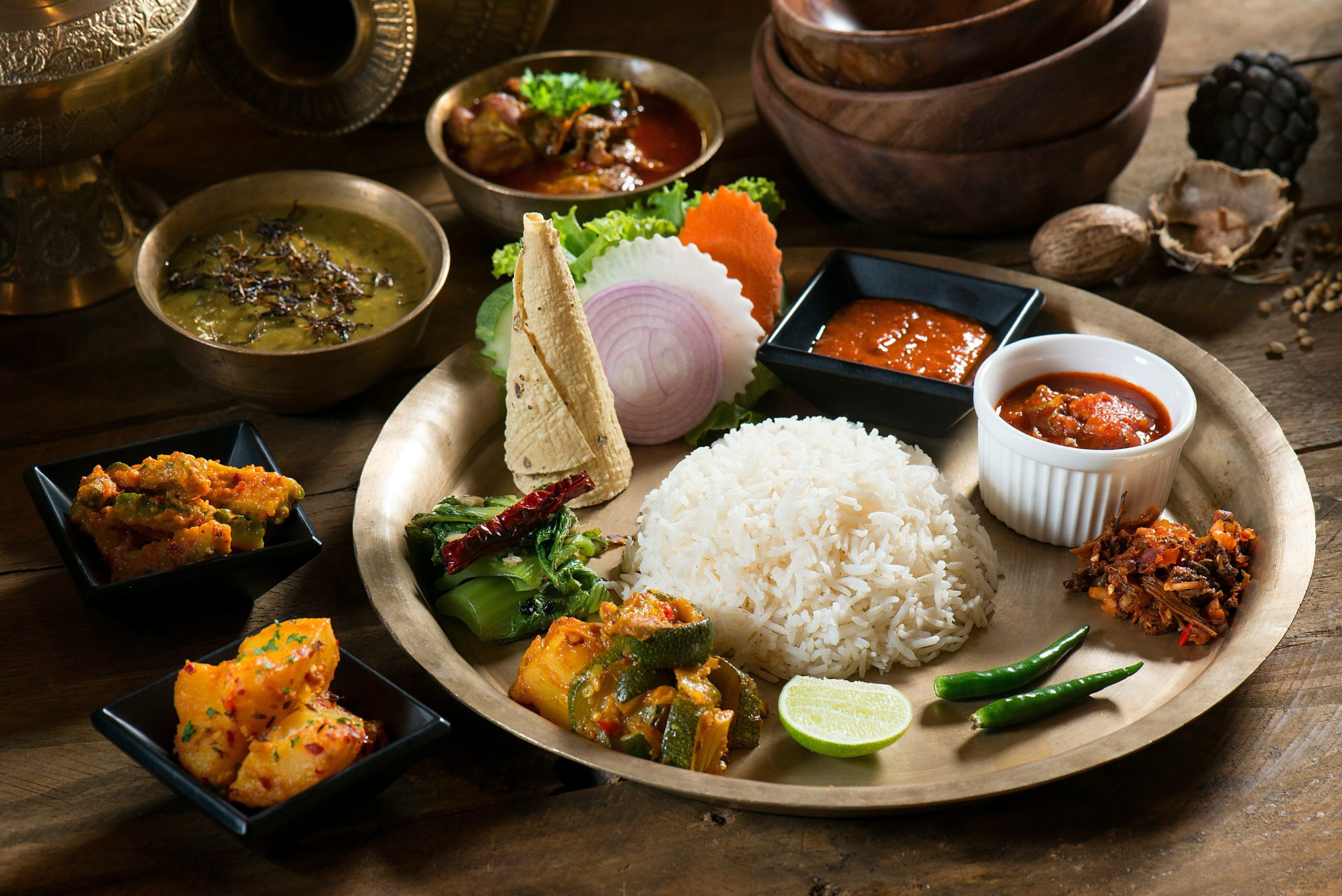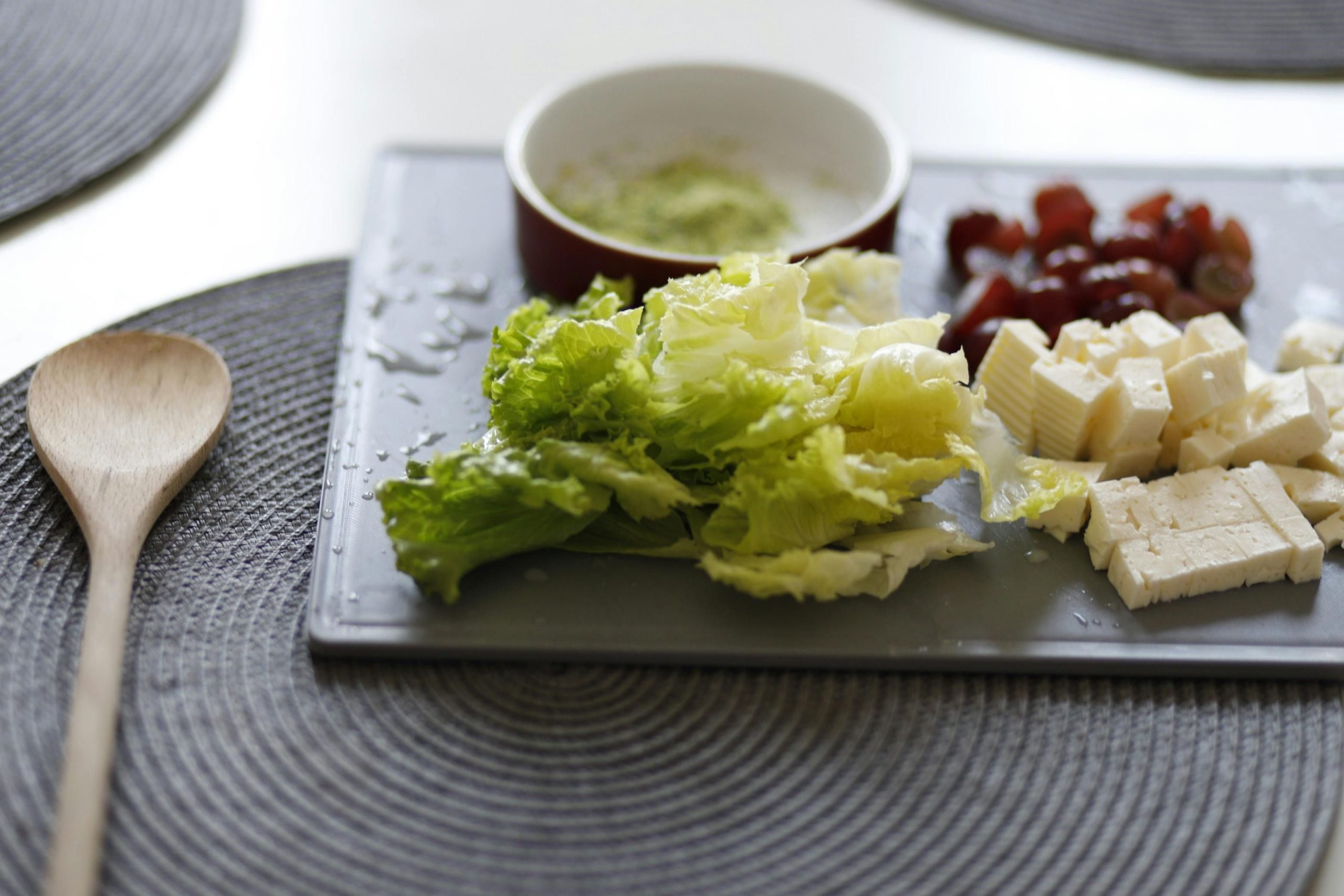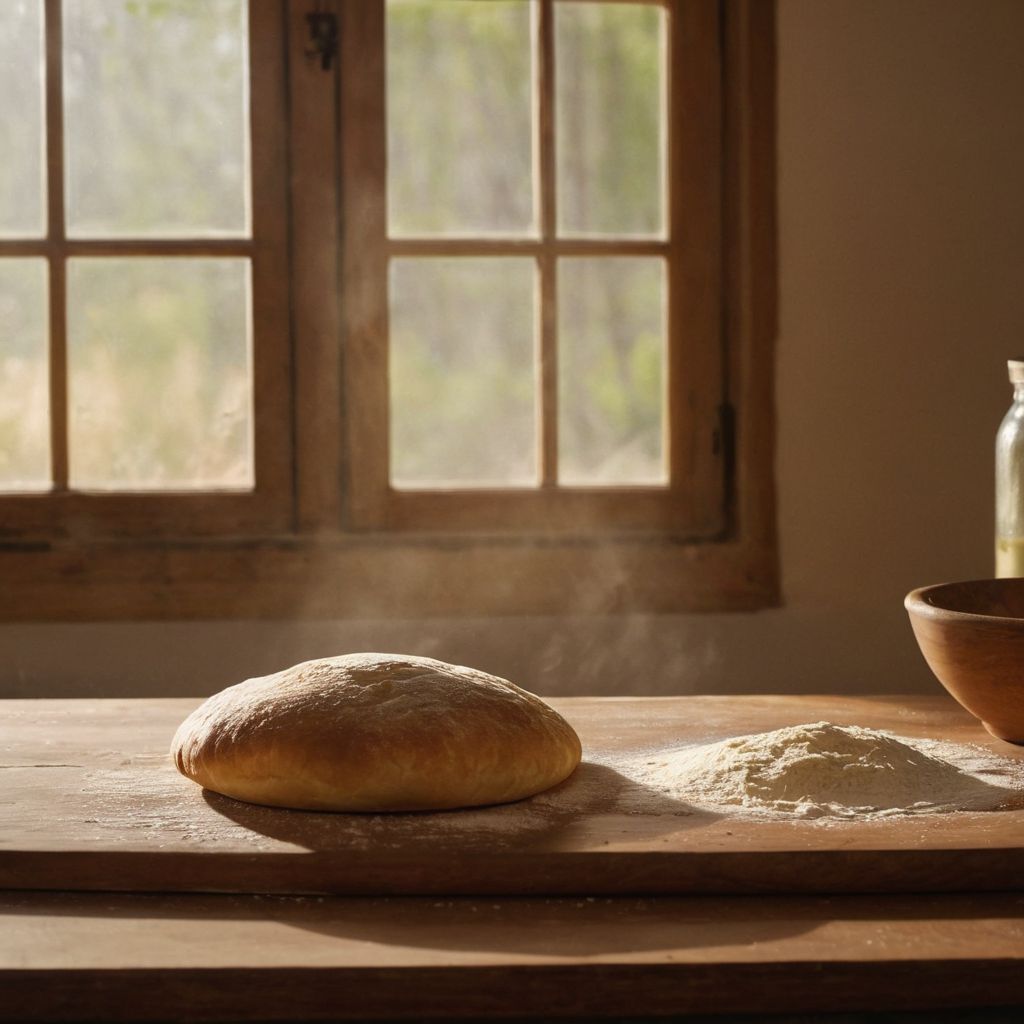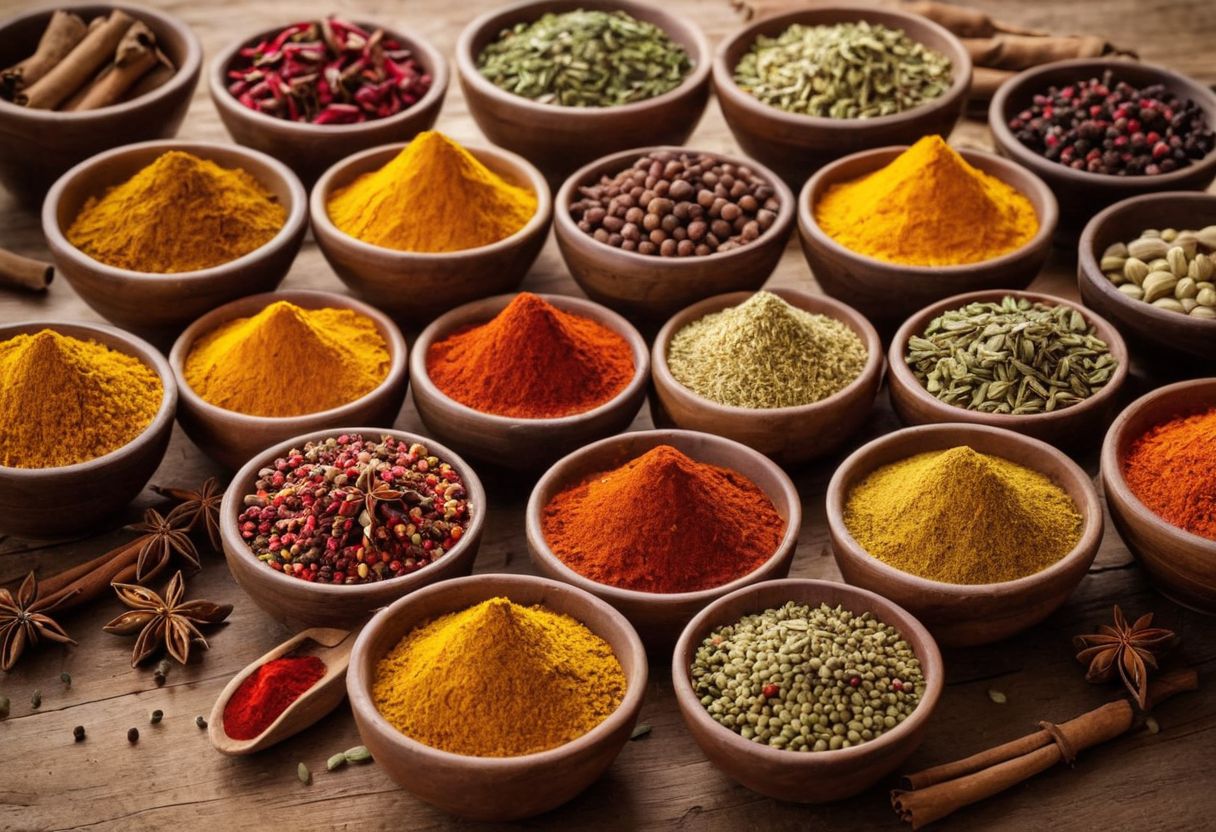Have you ever wondered about the secret behind the purity and simplicity of Indian meals that leave you feeling light yet deeply nourished?
In a world where fast food and processed meals dominate, finding a diet that supports both body and soul can be a challenge.
Satvik Indian cuisine is the answer, with its emphasis on fresh, seasonal ingredients and exclusion of onion, garlic, and other tamasic (harmful) elements, it offers a path to holistic well-being.
In this comprehensive guide, we’ll explore the principles of Satvik cuisine, dive into traditional and innovative recipes that embody its essence, and discover how it can transform your eating habits into a spiritual practice.
Understanding Satvik Indian Cuisine: Principles and Recipes

Satvik Indian cuisine is more than just food; it’s a philosophy that nurtures purity and simplicity. At its core, Satvik cuisine emphasizes fresh, seasonal ingredients and avoids the use of onion, garlic, and other tamasic elements. This approach not only caters to the physical well-being but also supports mental peace and spiritual growth. By adhering to these principles, Satvik cuisine offers a holistic dining experience that aligns with the body’s natural rhythms and the soul’s quest for purity.
The beauty of Satvik Indian cuisine lies in its versatility and the wide array of recipes it offers. From hearty main dishes to light snacks and sweet desserts, there’s something for everyone. Without the use of onion and garlic, these recipes rely on a rich palette of spices and herbs to bring out the true flavors of the ingredients. In this section, we’ll explore traditional and innovative Satvik recipes that embody the essence of this plant-based diet, proving that purity and taste can go hand in hand.
Traditional Rajasthani Lapsi: A Satvik Delicacy

Traditional Rajasthani Lapsi is a testament to the richness of Satvik cuisine. Made with broken wheat (dalia), desi ghee, jaggery, and a handful of nuts, this dish is a delightful blend of simplicity and flavor. The key lies in roasting the wheat in ghee until it turns aromatic, which is then sweetened with jaggery to create a comforting dessert. Lapsi not only showcases the traditional Indian cuisine’s versatility but also aligns perfectly with the Satvik diet’s principles, making it a must-try for anyone exploring this dietary path.
Vrat Wali Green Chutney: A Fasting Essential

The Vrat Wali Green Chutney is a fasting essential that beautifully complements the Satvik diet. Prepared without onion and garlic, this chutney uses coriander leaves, green chillies, chaat masala, and sendha namak (rock salt) to achieve its iconic taste. Easy to prepare and incredibly versatile, it can be paired with a variety of snacks, offering a burst of flavor while adhering to the dietary restrictions of fasting days. This chutney proves that even during fasting, one doesn’t have to compromise on taste.
Farali Jeera Aloo Ki Sabji for Fasting Days

Farali Jeera Aloo Ki Sabji is a simple yet flavorful dish perfect for fasting days. Boiled potatoes are stir-fried with cumin seeds (jeera), green chillies, and spices, including sendha namak (rock salt), to create a dish that’s both satisfying and in line with Satvik principles. The presence of cumin not only adds a distinct aroma but also enhances the dish’s digestibility, making it an ideal choice for those observing fasts. This recipe is a great example of how Satvik cuisine combines taste with nutritional balance.
Vrat Ki Potato Khichdi: A Fasting Favorite

Vrat Ki Potato Khichdi is a delightful dish that perfectly aligns with the principles of Satvik Indian cuisine, especially during fasting periods. This dish combines the simplicity of potatoes with aromatic spices, offering a nourishing meal that supports both the body and spirit. Its easy preparation and digestibility make it a fasting favorite, ensuring that one can maintain their spiritual and dietary discipline without compromising on taste or nutrition.
The key to Vrat Ki Potato Khichdi’s appeal lies in its versatility and the use of Satvik-approved ingredients. It’s not only about abstaining from certain foods but also about embracing wholesome, natural ingredients that promote well-being. This recipe is a testament to how Satvik cuisine can transform simple ingredients into something truly special, making fasting periods a time of culinary exploration and spiritual growth.
Sweetening Fasts with Rajgira Kheer

Rajgira Kheer is a delightful dessert that sweetens fasting days without straying from the Satvik diet. Made with amaranth seeds, this kheer is rich in nutrients like protein and calcium, offering a healthful twist to traditional desserts. The addition of cardamom and dry fruits not only enhances its flavor but also adds to its nutritional value, making it a perfect ending to a fasting day meal.
Guava Kheer: A Unique Satvik Dessert

Guava Kheer brings a unique fruity flavor to the Satvik dessert table. This innovative dish combines guava pulp with milk, sugar, and cardamom, garnished with dry fruits for an extra layer of taste and texture. It’s a testament to the versatility of Satvik cuisine, showcasing how even fruits can be transformed into a delicious dessert that fits within dietary restrictions.
Refreshing Watermelon Halwa: A Satvik Treat

Refreshing Watermelon Halwa offers a creative spin on traditional Satvik desserts. Utilizing the natural sweetness of watermelon, this recipe creates a light, flavorful halwa that’s perfect for hot fasting days. It’s an excellent example of how Satvik cuisine encourages the use of seasonal fruits, turning them into innovative dishes that support both physical health and spiritual well-being.
Ellu Sadam: Simple Yet Soulful Satvik Rice

Ellu Sadam, or sesame rice, is a quintessential dish in Satvik Indian cuisine, known for its simplicity and nourishing properties. This dish combines the nutty flavors of sesame seeds with the comforting texture of rice, creating a meal that is both satisfying and aligned with the Satvik principles of purity and simplicity. The key ingredients, including sesame seeds, rice, and a hint of spices, work together to promote both physical health and spiritual well-being.
Preparing Ellu Sadam is straightforward and requires minimal ingredients, making it an ideal choice for those seeking a quick yet soulful meal. The process involves toasting sesame seeds to enhance their flavor, then mixing them with cooked rice and specific spices. This dish not only serves as a testament to the versatility of Satvik cuisine but also emphasizes the importance of using whole, unprocessed ingredients to nurture the body and soul.
Cabbage and Carrot Poriyal: A Satvik Stir-Fry

Cabbage and Carrot Poriyal is a vibrant and healthful dish that perfectly complements the Satvik diet. This stir-fry combines crunchy cabbage and sweet carrots, seasoned with mustard seeds, urad dal, and a hint of coconut oil, offering a delicious way to enjoy vegetables. The use of simple, fresh ingredients aligns with the Satvik principle of eating food that is both pure and nourishing, making it an excellent side dish for any meal.
Hung Curd Salad: A Creamy Satvik Delight

The Hung Curd Salad is a creamy and refreshing salad that embodies the essence of Satvik cuisine. Made with hung curd and a medley of fresh vegetables like tomatoes, cucumbers, and capsicum, it’s seasoned with mild spices to enhance its flavors. This salad is not only easy to prepare but also offers a healthful alternative to traditional salads, making it a delightful addition to the Satvik diet.
Grilled Romaine Lettuce: A Satvik Salad Twist

Grilled Romaine Lettuce offers a unique twist to Satvik salads by introducing a smoky flavor to the crisp greens. This method involves lightly grilling halves of romaine lettuce, then dressing them with a simple vinaigrette. The grilling process brings out a nutty flavor in the lettuce, making it a warm and inviting dish that still adheres to the Satvik principles of purity and simplicity.
Neer Dosai: A Light and Satvik Crepe
Neer Dosai, a delicacy from the southern part of India, embodies the essence of Satvik cuisine with its light and nourishing nature. This crepe-like dish is made from a simple batter of rice soaked overnight, ground to a fine consistency, and mixed with water to achieve a milky texture. The absence of fermentation in the preparation process not only simplifies the recipe but also aligns with the Satvik principle of consuming fresh and easily digestible foods.
The beauty of Neer Dosai lies in its versatility and ease of preparation, making it a popular choice for breakfast or a light meal. Key steps include:
- Soaking the rice overnight
- Grinding it to a smooth paste
- Diluting the batter to a thin consistency
This ensures that the dosas are soft, thin, and have a delicate texture, which is further enhanced by cooking them on a hot griddle until they exhibit a lacy appearance. Served with a side of coconut chutney or sambar, Neer Dosai offers a delightful eating experience that is both satisfying and in line with Satvik dietary principles.
Kodum Pitlai: A Hearty Satvik Stew
Kodum Pitlai, a hearty stew from the South Indian cuisine, is a perfect example of how Satvik food can be both nourishing and flavorful without the use of onion or garlic. This stew combines the bitterness of Pavakkai (bitter gourd) with the wholesomeness of chickpeas and a richly spiced coconut-based gravy. The key ingredients include:
- Bitter gourd
- Chickpeas
- Tamarind extract
- A special blend of roasted spices and coconut
Kodum Pitlai not only showcases the depth of flavors achievable in Satvik cuisine but also demonstrates the importance of balance and wholesomeness in each meal.
Lauki Pancakes: A Satvik Breakfast Twist

Lauki Pancakes offer a creative and nutritious twist to the traditional breakfast, incorporating the humble bottle gourd into a beloved morning staple. This recipe transforms grated Lauki (bottle gourd) into savory pancakes by combining it with semolina, gram flour, spices, and herbs to create a batter that is both flavorful and fulfilling. The pancakes are then cooked to golden perfection, providing a light yet satisfying meal that adheres to the Satvik philosophy of incorporating fresh and healthy ingredients into the diet.
Sattvik Pindi Chana: A Chickpea Delight

Sattvik Pindi Chana, a chickpea dish, is a beautiful example of how Satvik cuisine brings together simplicity and wholesomeness without compromising on taste. This recipe uses soaked chickpeas, cooked to perfection with a blend of spices like cumin seeds, coriander seeds, and the tanginess of amla (Indian gooseberry). The absence of onion and garlic adheres to the Satvik principles, focusing on ingredients that promote both physical and spiritual well-being.
The preparation of Sattvik Pindi Chana is straightforward, making it an ideal choice for both everyday meals and special occasions. Key steps include:
- Cooking chickpeas with a pinch of baking soda and amla
- Roasting and grinding spices to create a flavorful masala
- Finishing the dish with a garnish of fresh coriander leaves
This recipe not only showcases the versatility of chickpeas but also demonstrates how Satvik cuisine uses natural ingredients to create dishes that are nourishing and flavorful.
Peanut Curry: A Nutty Satvik Flavor
Peanut Curry, a nutty Satvik flavor, is a creamy and delightful dish that showcases the richness of peanuts in Satvik cooking. Key ingredients include:
- Coconut milk for creaminess
- Peanut butter as the star flavor
- A hint of lime for acidity
This curry is a testament to the creativity of Satvik cuisine, proving that even without onion and garlic, one can achieve a deep, satisfying flavor profile in a dish that’s both easy to make and packed with nutrition.
Paruppu Urundai Kulambu: Lentil Balls in Tamarind Sauce
Paruppu Urundai Kulambu is a traditional dish where lentil balls are cooked in a tangy tamarind and coconut-based sauce, embodying the essence of Satvik cooking. The preparation involves:
- Soaking and grinding lentils to form balls
- Cooking them gently in a flavorful tamarind sauce
This dish not only adds variety to the Satvik diet but also offers a unique blend of textures and flavors, highlighting the innovative use of lentils and tamarind in Satvik cuisine.
Coconut Phirni: A Satvik Dessert Classic
Coconut Phirni stands out as a cherished dessert in the realm of Satvik cuisine, known for its delightful combination of simplicity and taste. This dessert, made from tender coconut meat, diluted rice, and a hint of green cardamom, embodies the Satvik principle of using fresh and pure ingredients. Its preparation involves cooking these ingredients together until they achieve a creamy consistency, then garnishing the dish with sliced almonds and raisins for an added richness.
The beauty of Coconut Phirni lies in its versatility and the ease with which it can be made at home, providing a perfect ending to any meal. Key steps include:
- Cooking the coconut meat and diluted rice with milk and sugar
- Flavoring the mixture with green cardamom and a pinch of saffron
This dessert not only satisfies the sweet tooth but also aligns with the Satvik diet’s emphasis on healthful and spiritually uplifting foods.
Chena Kilangu Payasam: A Satvik Yam Dessert
Chena Kilangu Payasam brings a unique twist to traditional Indian desserts by incorporating Elephant Foot Yam, known for its health benefits and satiating qualities. This dessert combines the yam with sugar, full-fat milk, and cardamom, creating a rich and creamy payasam that’s both nourishing and flavorful. Key components include:
- Boiling and pureeing the yam
- Cooking it with milk and sugar, then flavoring with cardamom and nutmeg
This recipe showcases the versatility of Elephant Foot Yam in Satvik cuisine, offering a delightful dessert option for those following a Satvik diet.
Kebab-e-Kela: Banana Kebabs for a Satvik Diet
Kebab-e-Kela offers a Satvik take on traditional kebabs, using raw bananas as the main ingredient. This recipe demonstrates the adaptability of Satvik cuisine, creating a dish that’s both delicious and suitable for fasting periods. The preparation involves:
- Steaming diced bananas with spices
- Mashing them and forming the mixture into kebabs for frying
These banana kebabs are rich in vitamins and fiber, making them a healthful addition to the Satvik diet while providing a unique and tasty snack option.
Sabudana Chivda: A Crunchy Satvik Snack
Sabudana Chivda, a beloved snack from Maharashtra, perfectly embodies the Satvik diet’s essence with its purity and simplicity. Made from sago pearls, also known as Jawwarsi, this snack is not only crunchy and delicious but also aligns with the Satvik principles of using fresh and natural ingredients. It’s especially popular during fasting days like Navratri and Ekadashi, offering a light yet satisfying option for those observing fasts.
The preparation of Sabudana Chivda is straightforward, involving:
- Deep frying the sago pearls until they puff up and turn golden
- Adding a mix of roasted nuts like peanuts and cashews for extra crunch
- Seasoning with spices such as chilli powder and curry leaves for flavor
This combination creates a snack that’s not only tasty but also nutritious, making Sabudana Chivda a perfect example of how Satvik cuisine can bring joy and health to your table without compromising on taste.
Discover Satvik Indian Cuisine with INDULGE‘s Culinary Tours
Exploring Satvik Indian cuisine goes beyond just tasting dishes; it’s about immersing oneself in a culture that values purity, health, and spirituality. INDULGE‘s culinary tours offer a unique gateway to this experience in Zurich, where food enthusiasts can dive deep into both local and international food scenes. Through these curated tours, participants get the chance to:
- Experience the simplicity and nourishment of Satvik dishes
- Learn about the philosophy behind Satvik cuisine
- Discover how this diet promotes physical well-being and spiritual growth
What sets INDULGE apart is its commitment to offering an unparalleled gastronomic adventure that educates as much as it delights. Each tour is carefully designed to not only introduce participants to the healthful and spiritual aspects of Satvik cuisine but also to showcase how these principles can be integrated into daily eating habits. With INDULGE, you’re not just exploring food; you’re embarking on a journey that celebrates:
- The rich culinary heritage of Zurich and beyond
- The transformative power of eating pure, fresh, and seasonally
- The joy of connecting with food on a deeper, more meaningful level








